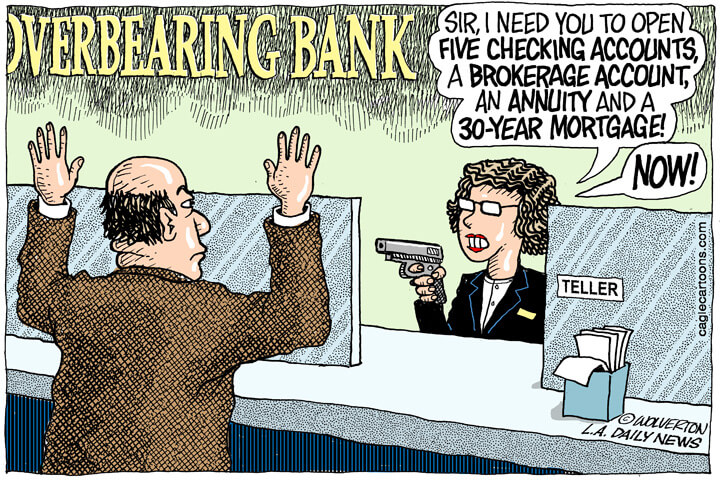The Persistence of Bank Misconduct
By Phil Mattera for the Dirt Diggers Digest
 Ten years ago this month, the
financial crisis erupted, and within a matter of weeks the banking landscape
was transformed. Merrill Lynch was taken over by Bank of America. Lehman
Brothers collapsed.
Ten years ago this month, the
financial crisis erupted, and within a matter of weeks the banking landscape
was transformed. Merrill Lynch was taken over by Bank of America. Lehman
Brothers collapsed.
AIG had to be bailed out by the
federal government. Goldman Sachs and Morgan Stanley, the last two independent
investment houses, were forced to become bank holding companies subject to
stricter regulation.
JPMorgan Chase took over Washington
Mutual. Congress was compelled to create the $700 billion Troubled Asset Relief
Program.
What were the consequences of the
widespread misconduct that caused the meltdown? Lehman turned out to be the
only major institution to suffer the fate of liquidation.
No top executives at
any banks faced personal criminal or civil charges. The federal government sold
off its holdings in the companies that were bailed out.
While by some measures these
penalties are significant, they are far less than the amount of harm the banks
caused to the economy and the financial well-being of homeowners, workers and
others.
What is even more frustrating is that the billions in payments seem to
have failed in their main purpose: discouraging banks from engaging in similar
bad acts in the future.
We don’t have to wait to see if this
is true. Even while they were still resolving cases stemming from the financial
crisis, large banks were starting to engage in more wrongdoing.
Exhibit A is Wells Fargo,
which is now more notorious for its behavior subsequent to the meltdown.
It
will forever be known as the bank that created millions of bogus accounts to
generate illicit fees from its customers. Earlier this year, Wells was fined a
total of $1 billion by the Officer of the Comptroller of the Currency and the
Consumer Financial Protection Bureau.
That came after the Federal Reserve took
the unprecedented step of barring the bank from growing any larger until it
cleaned up its business practices.
Bank of America has also been accused of harming its customers. In
2014 the CFPB ordered the bank to provide $727 million in relief to credit card
holders charged for deceptive add-on services.
BofA’s Merrill Lynch unit has in
recent years been fined repeatedly by regulators for a variety of improper
practices. In June, for example, the SEC penalized Merrill
$42 million for falsely telling brokerage customers that it had executed
millions of orders internally when it had actually farmed them out to other
firms.
Citigroup faced
its own allegations of illegal credit card practices, and in 2015 it was
ordered by the CFPB to provide $700 million in relief to customers.
This year,
in an unusually aggressive enforcement action by the Trump-controlled CFPB,
Citi was ordered to
pay $335 million in restitution to 1.75 million credit card customers for
failing to properly adjust interest rates.
These abuses may not jeopardize the
entire economy like those of the early 2000s, but they show that the big banks
remain ethically challenged.